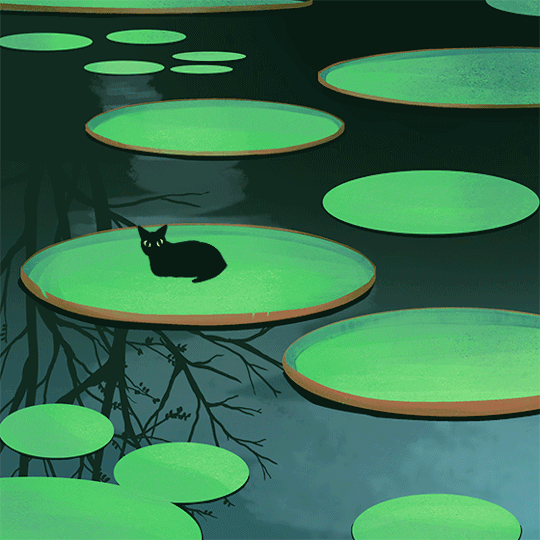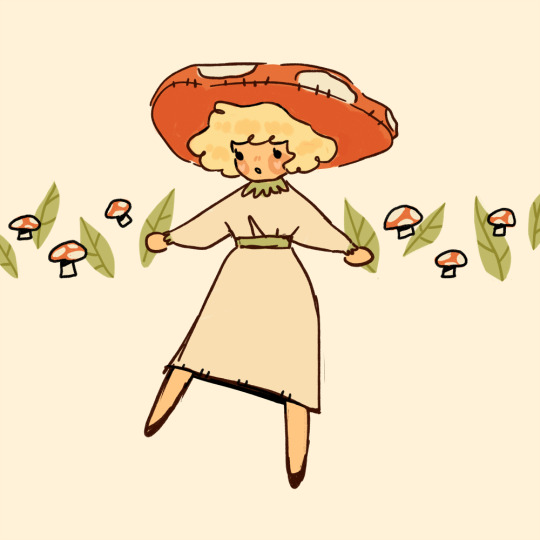Call me Ava | | Queer af | ♐ | Eclectic Witch | Devoted to Hekate | goth, but lazy about it | an eternaly screaming goblin
Don't wanna be here? Send us removal request.
Text
Ray Ban Sunglasses Official Charity Event!

@akenningforyourthoughts @sunscarab @drinamoon @moon-stem @thebogwitchbitch @ashaemso @nyxaureoles @stayoutofmypersonallife @pinealis @strippersmentality @spiderwaves @sizzletit-s @witchyasheck @onyx-lumis @tangledheartmuse @black-forest-wiccan @beeswitchery @echosgrimoire @slightlylunatic @therainbowwitch @idontwanttokeepintouch @parker-sucks @digitalbrainvomit @mwacha @babiiwitch @lilithbloodheart @badddwitch @danish-twinkies @glitterxvoid @pearl-of-the-pacific @littlesleepybear @littlekatsablue @modernotter @ivorymoongoddess @slytherinspage @pastelzombiemermaid-blog @thriftywitchinthecloset22 @therelatablebitch @marijuanaonthemoon @starryskywitch @moongardennn-blog @ghoul-arsenic @nnorsae @elsewherewitch @asphyxiatedwitch @whimsicalpudding @tryingveryhardd @daintydynamite @friendlylorikeet @emowitchiris @witchcraftandwaterlilies @mourning-wolves @leafy-witch @flowermonarch
The official charity event of Ray-Ban sunglasses, all styles of glasses are only $24.99! We will donate 50% of the profits to the COVID-19 epidemic prevention department. Every purchase is your support for charity, thank you!
Click to buy>>>Official flagship store
0 notes
Text
bella: “they also had dark shadows under those eyes — purplish, bruiselike shadows. as if they were all suffering from a sleepless night, or almost done recovering from a broken nose.”
the cullens:

1K notes
·
View notes
Text
twilight renaissance babey
This sent me and YALL deserve to see it too
5K notes
·
View notes
Photo
hnnnnnnng i am very gay
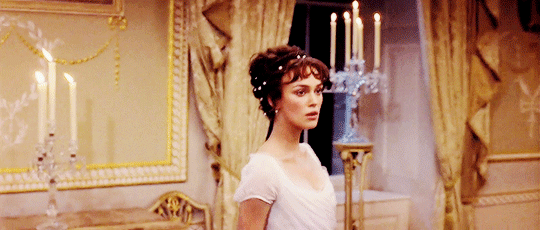





#yes; of course I want to see keira knightley in yet another period drama #you think you have to ask?
Pride and Prejudice (2005) The Duchess (2008) Colette (2018) Anna Karenina (2012) Pirates of the Caribbean: At World’s End (2007) Atonement (2007)
23K notes
·
View notes
Photo

Witchy bisexual moodboard cause why not?
790 notes
·
View notes
Photo

Dovahkiin uses the shout Small Your Dick
Mal (little) Hin (your) Vith (serpent)
12K notes
·
View notes
Text
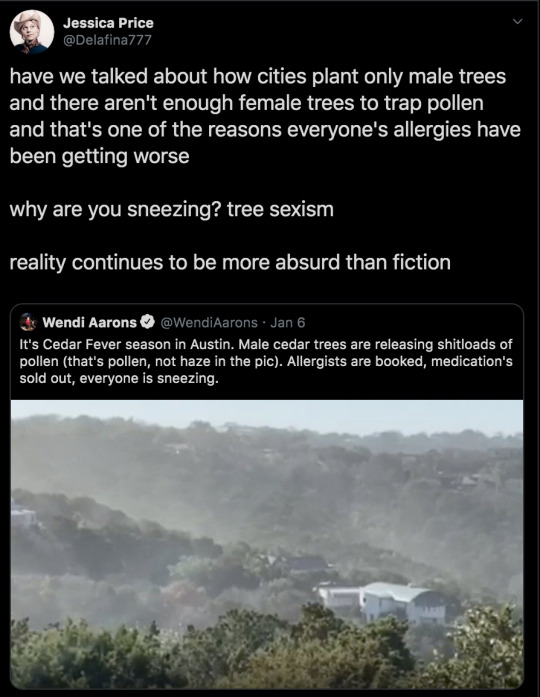
Botanical Sexism Cultivates Home-Grown Allergies
Arborists often claim that all-male plants are “litter-free” because they shed no messy seeds, fruits or pods. In the 1949 USDA Yearbook of Agriculture, which focused on trees and forests, this advice was given to readers: “When used for street plantings, only male trees should be selected, to avoid the nuisance from the seed.” In the years following, the USDA produced and released into the market almost 100 new red maple and hybrid-maple-named clones (cultivars), and every single one of them was male.
It took a number of years for these new trees to mature enough to start to bloom, but eventually they did and with them came more city pollen and the “epidemic of allergy and asthma.” Many of these same trees are still alive and well and getting even larger, and the bigger they get, the more pollen they shed.
Allergies are rarely triggered by small amounts of an allergen; they are initiated by an overdose. Small amounts of pollen exposure are actually good for us, but if we have highly allergenic trees or shrubs in our own yards or lining our streets, we will soon enough be over-exposed. In order to put the brakes on America’s allergy epidemic, we need to reverse the trend toward male-dominated landscapes and stop selling and planting any more of the most allergenic trees, shrubs and grasses in our cities.
and the kicker:
Female trees produce no pollen, but they trap and remove large amounts of pollen from the air, and turn it into seed. Female trees (and female shrubs also) are not just passive, but are active allergy-fighting trees. The more female plants in a landscape, the less pollen there will be in the air in the immediate vicinity. By relying less on males and paying more attention to the allergy-potential of all the plants in our urban landscape, all of us may one day breathe easier.
106K notes
·
View notes
Photo
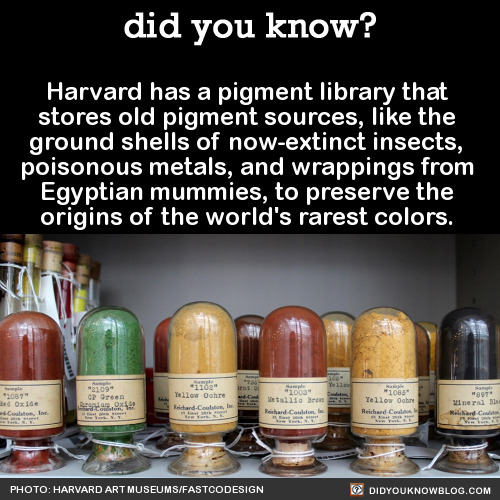
Harvard has a pigment library that stores old pigment sources, like the ground shells of now-extinct insects, poisonous metals, and wrappings from Egyptian mummies, to preserve the origins of the world’s rarest colors.

A few centuries ago, finding a specific color might have meant trekking across the globe to a mineral deposit in the middle of Afghanistan. “Every pigment has its own story,” Narayan Khandekar, the caretaker of the pigment collection, told Fastcodesign. He also shared the stories of some of the most interesting pigments in the collection.

Mummy Brown
“People would harvest mummies from Egypt and then extract the brown resin material that was on the wrappings around the bodies and turn that into a pigment. It’s a very bizarre kind of pigment, I’ve got to say, but it was very popular in the 18th and 19th centuries.”

Cadmium Yellow
“Cadmium yellow was introduced in the mid 19th century. It’s a bright yellow that many impressionists used. Cadmium is a heavy metal, very toxic. In the early 20th century, cadmium red was introduced. You find these pigments used in industrial processes. Up until the 1970s, Lego bricks had cadmium pigment in them.”
Annatto “The lipstick plant—a small tree, Bixa orellana, native to Central and South America—produces annatto, a natural orange dye. Seeds from the plant are contained in a pod surrounded with a bright red pulp. Currently, annatto is used to color butter, cheese, and cosmetics.”
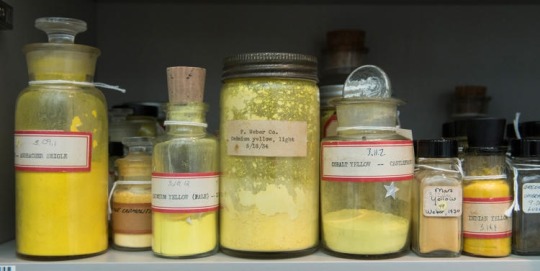
Lapis Lazuli “People would mine it in Afghanistan, ship it across Europe, and it was more expensive than gold so it would have its own budget line on a commission.”
Dragon’s Blood “It has a great name, but it’s not from dragons. [The bright red pigment] is from the rattan palm.”

Cochineal “This red dye comes from squashed beetles, and it’s used in cosmetics and food.”
Emerald Green “This is made from copper acetoarsenite. We had a Van Gogh with a bright green background that was identified as emerald green. Pigments used for artists’ purposes can find their way into use in other areas as well. Emerald green was used as an insecticide, and you often see it on older wood that would be put into the ground, like railroad ties.”
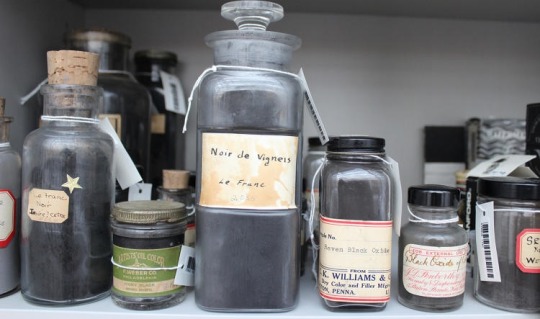
Source
111K notes
·
View notes
Text
April Fool’s Day is in a few days, and I just wanted to make this clear. This blog is safe, and I can promise you no screamers, nothing emotionally abusive, no fake posts, and nothing to intentionally trigger dissociation. You are safe here.
380K notes
·
View notes




